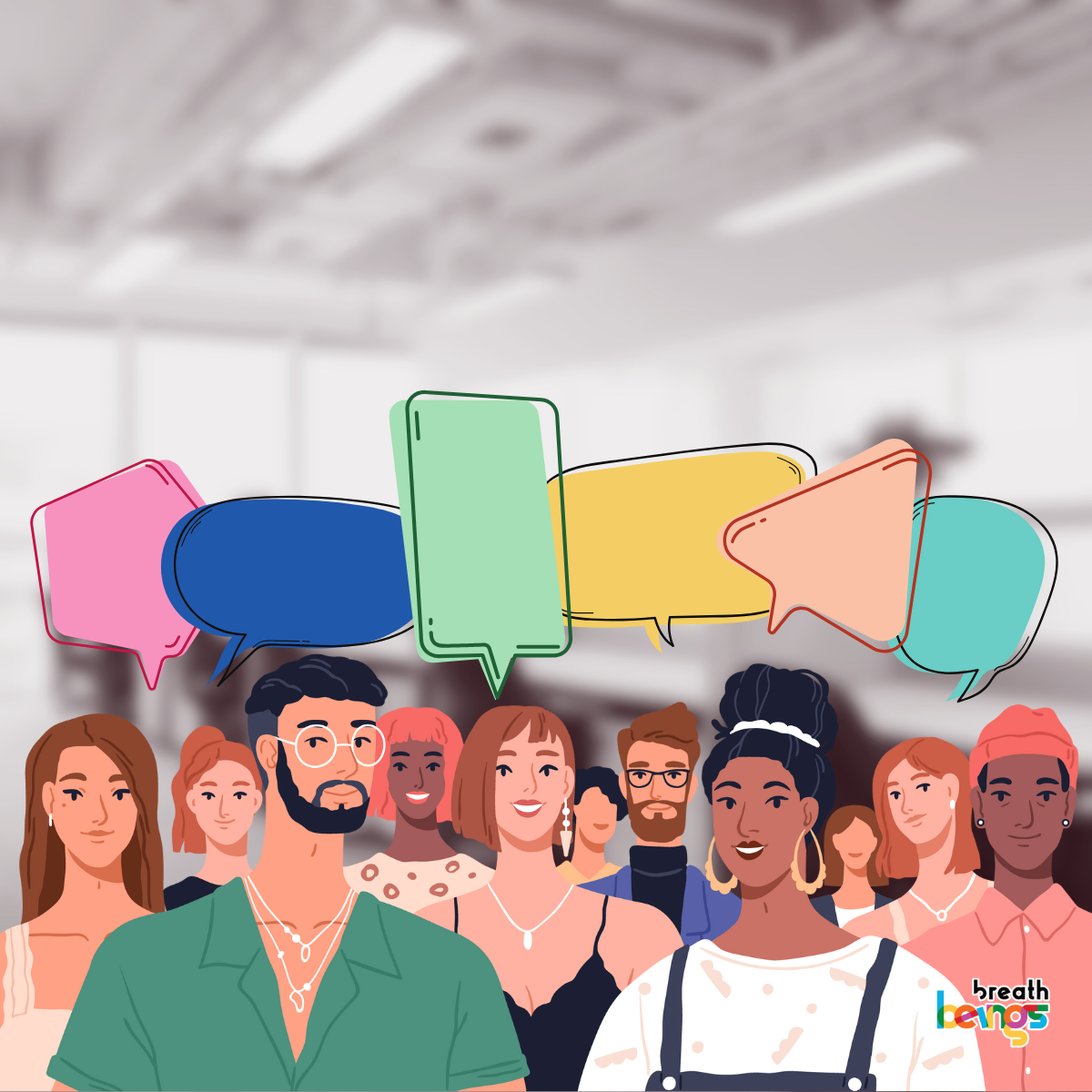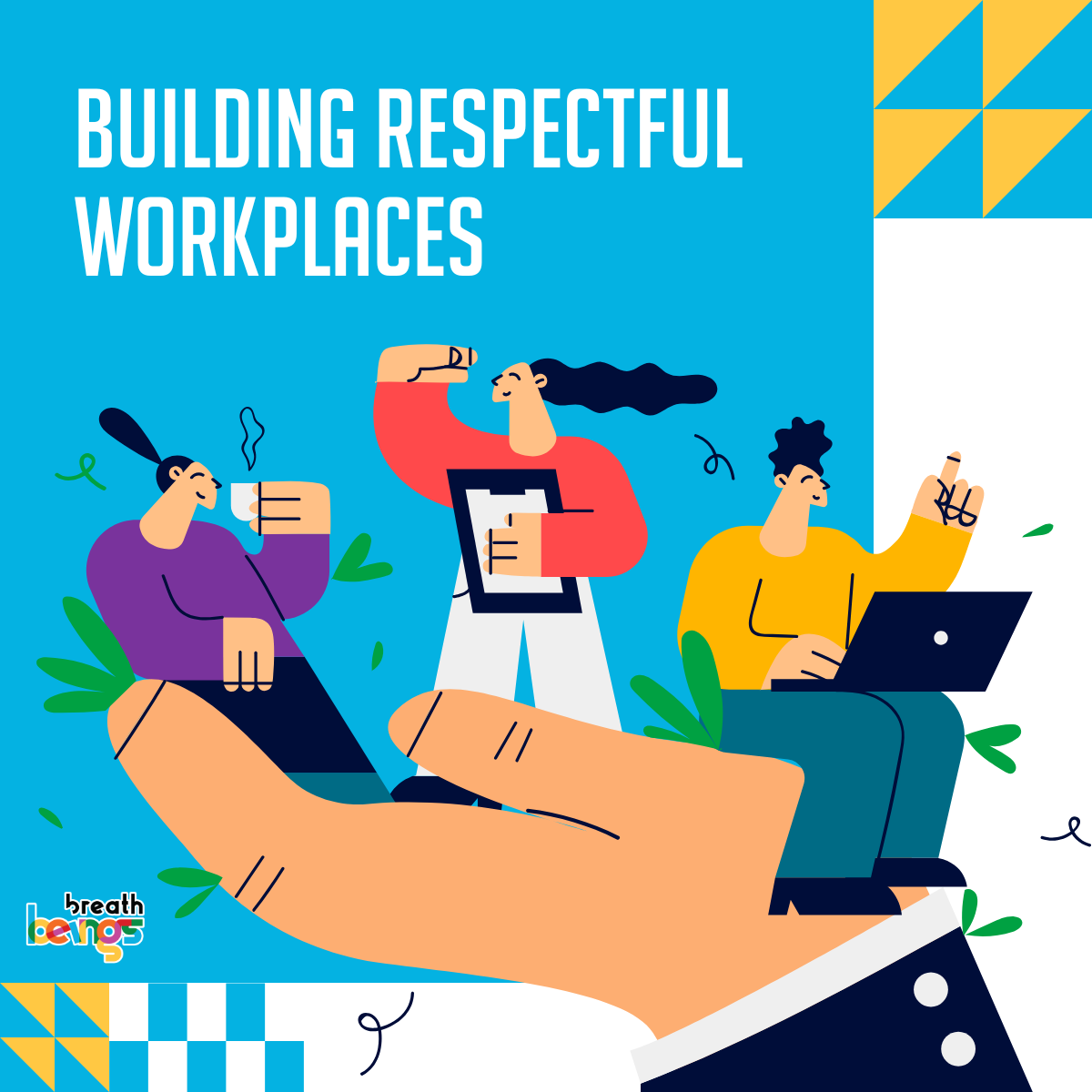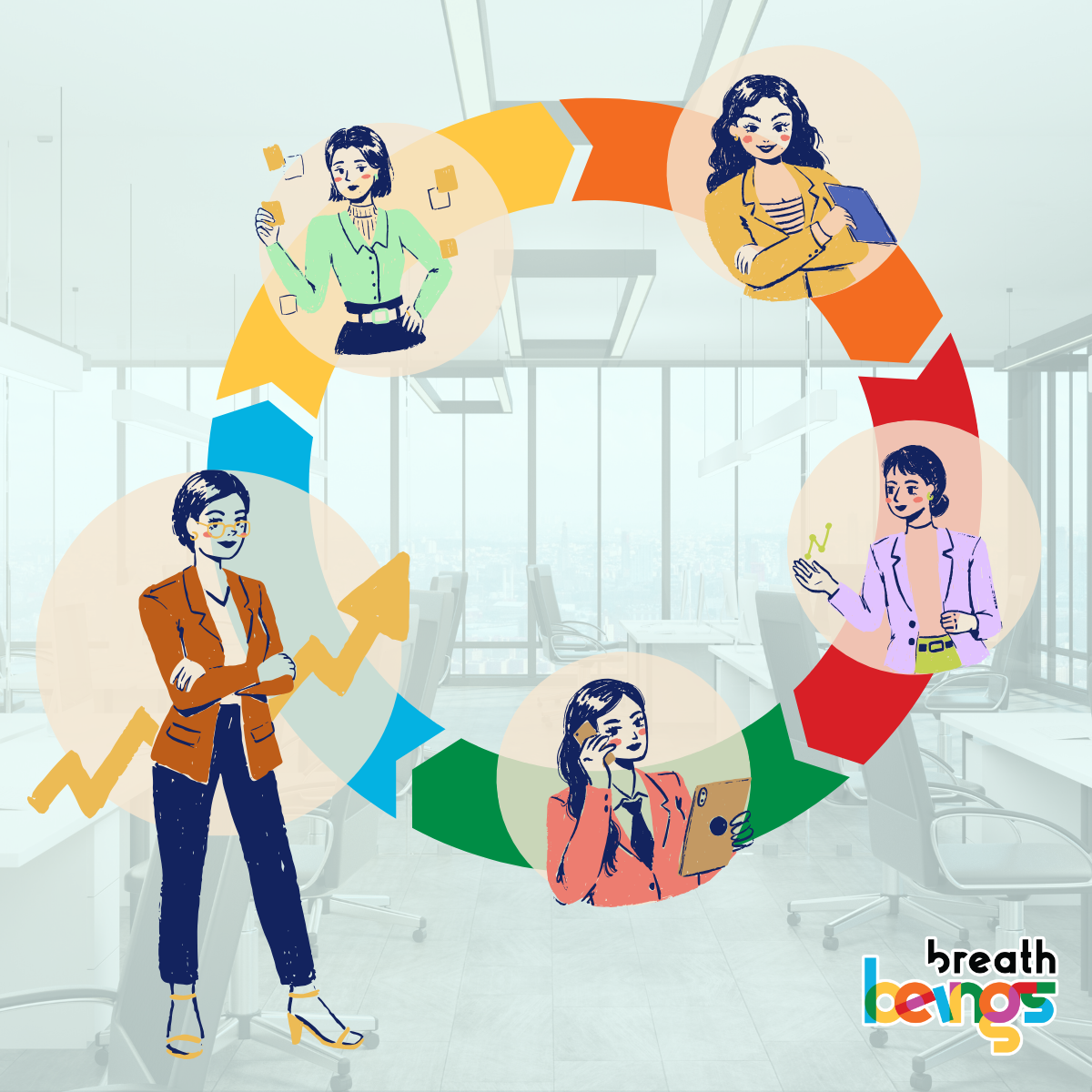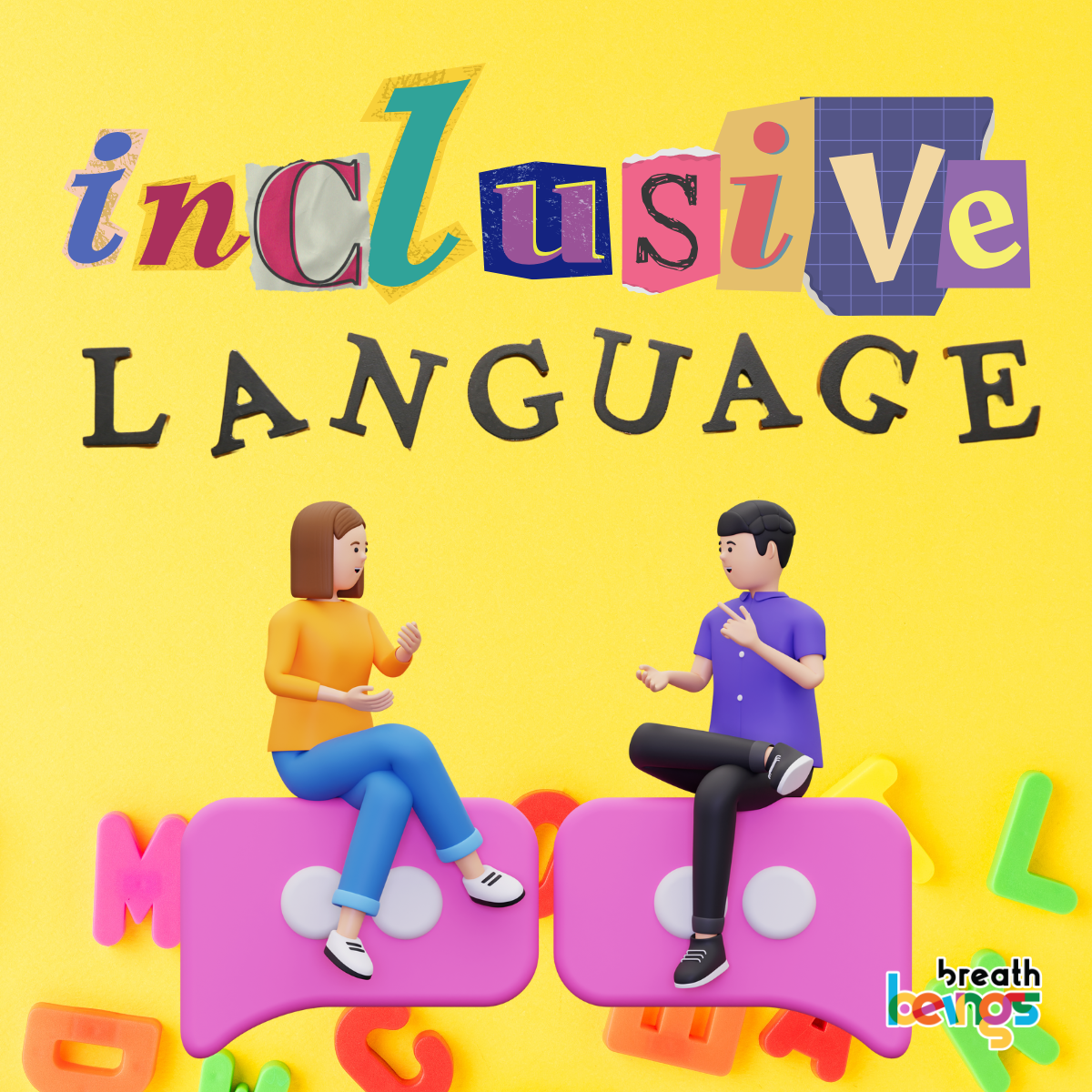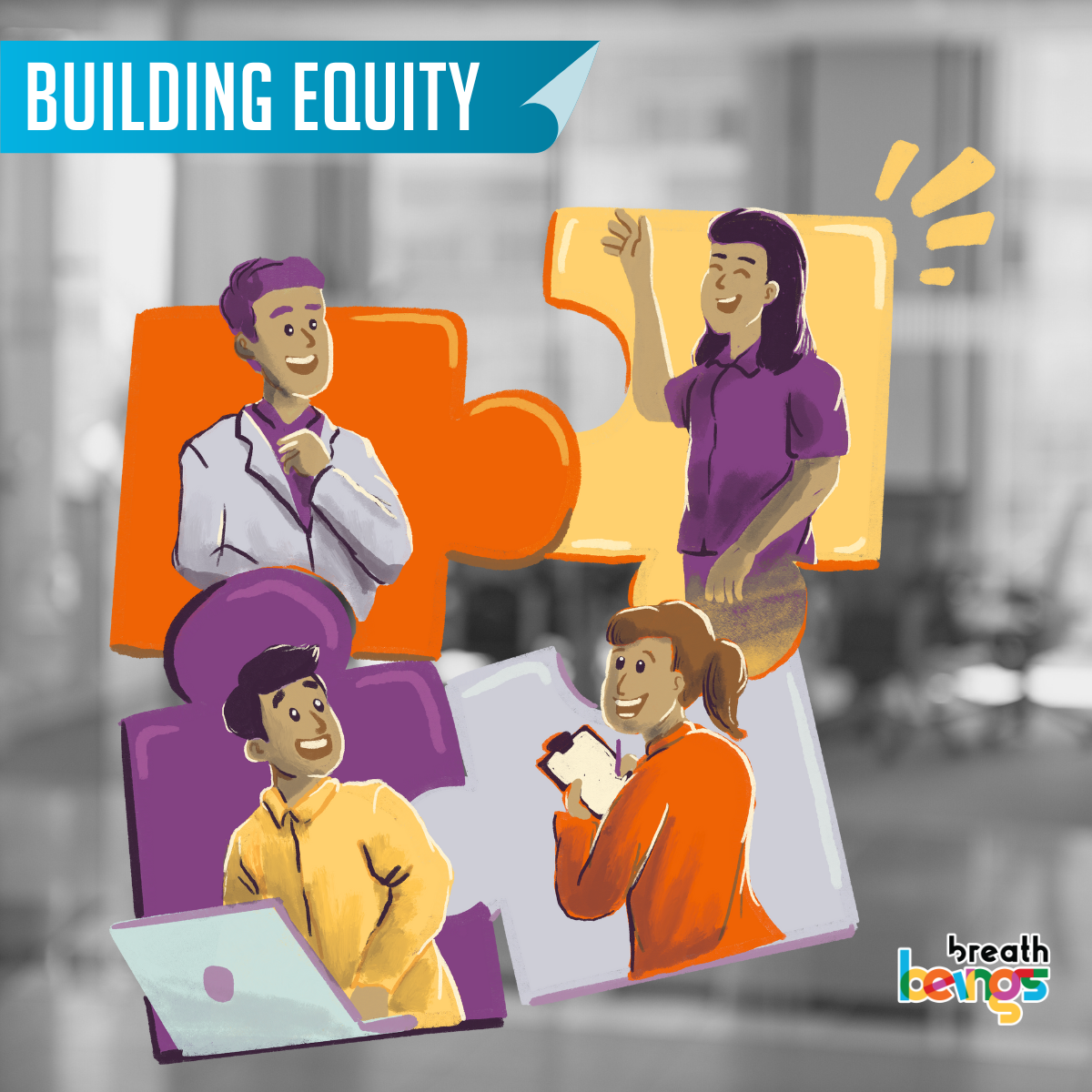Workplace inclusion has come a long way from posters and promises. For years, metrics around diversity, equity, inclusion, and belonging (DEIB) focused on representation, tracking gender ratios, diverse hiring numbers, or promotion rates. Those numbers are important, yet they only scratch the surface.
In 2025, organizations across industries are beginning to ask a deeper question:
“How do we measure the quality of our culture, not just the quantity of our diversity?”
Because true inclusion isn’t about simply having diverse talent on board; it’s about ensuring that people, of every background, identity, and ability, feel welcome, respected, and empowered to thrive.
The Shift From Representation to Experience
1. Belonging: The Invisible Metric
Belonging can’t be mandated, but it can be measured. Pulse surveys, stay interviews, and engagement tools that assess “feeling valued,” “safe to speak up,” or “authentic at work” reveal how deep inclusion really runs.
Studies show that employees who feel a sense of belonging are more productive and less likely to leave their jobs. That’s not just good culture, it’s good business.
2. Equity: Looking Beyond Equal to Fair
Equity requires going beyond identical treatment. It’s about removing barriers, giving everyone what they need to succeed, and making opportunities transparent. Practical ways to measure equity:
- Pay parity analytics and promotion equity reports.
- Equal access to learning, mentorship, and leadership roles.
- Tracking resource allocation across departments and teams.
3. Lived Experience: Stories Over Statistics
The most revealing data comes straight from lived experiences. Are employees confident confronting bias? Do they trust internal complaint mechanisms? Do they see leaders walking the talk?
Collecting stories, through focus groups, storytelling sessions, and qualitative listening, is becoming a key part of DEIB assessment. Numbers tell what’s happening. Stories explain why.
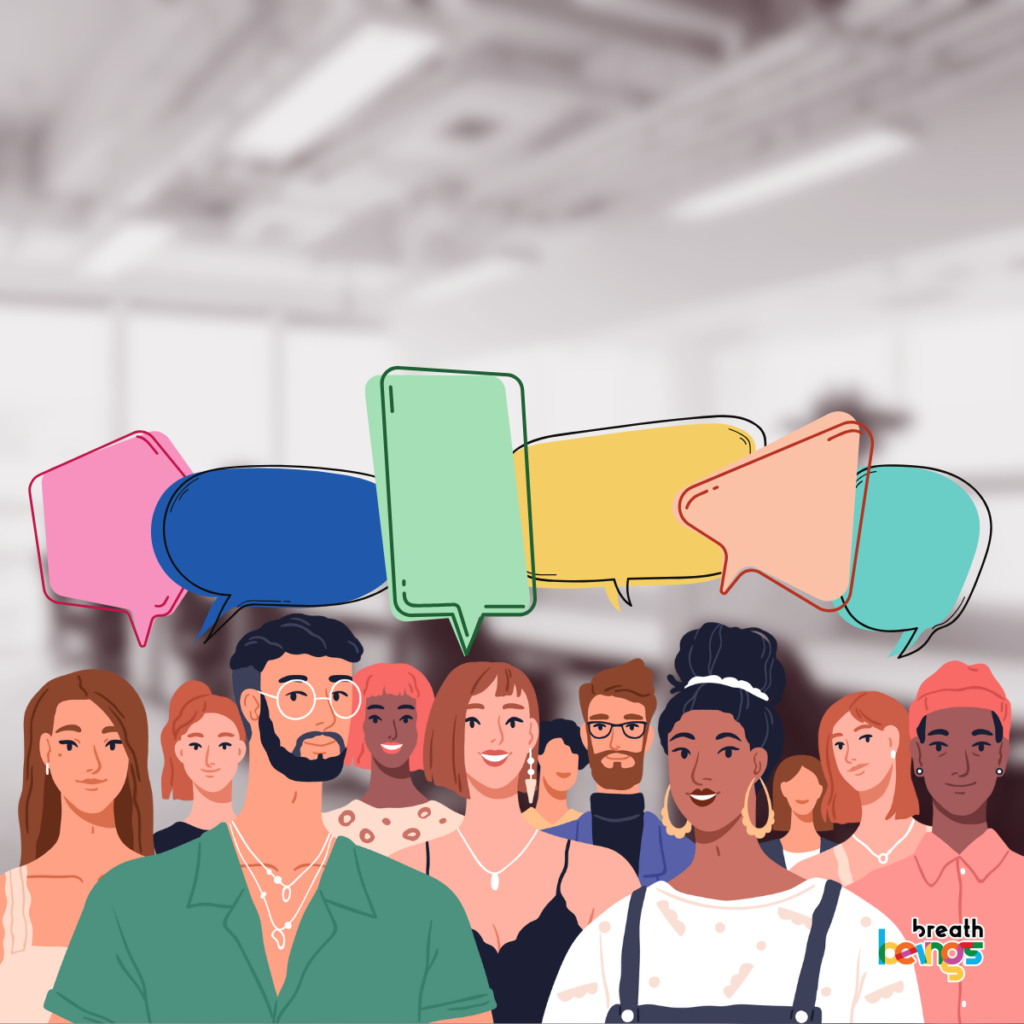
Why This Matters for Organizational Development
Organizations with inclusive systems aren’t just nicer places to work, they’re stronger, emotionally intelligent ecosystems. Culture and DEIB aren’t separate, they fuel each other.
When inclusion and equity become part of a company’s DNA, it impacts:
- Leadership pipelines: more diverse, empathetic leaders.
- Team dynamics: greater creativity through trust and openness.
- Business outcomes: innovation through psychological safety.
An inclusive culture, therefore, becomes a development tool, not just a moral stance. It builds systems where everyone grows alongside the organization itself.
The Breath Beings Approach: Turning Awareness Into Action
At Breath Beings, our work lies at the intersection of human transformation and organizational development. We help companies move beyond checkbox inclusion to build cultures of belonging and empathy, where people don’t have to hide who they are to contribute fully.
Our approach integrates three layers of transformation:
- Human Development: Building awareness around unconscious bias, empathy, and inclusive behavior.
- Team Development: Nurturing psychological safety, active listening, and authentic collaboration.
- Organizational Development: Embedding inclusion into systems, policies, leadership practice, and performance frameworks, to create environments that breathe trust.
We measure culture not by how it looks on a report, but by how it feels in the corridors, meetings, and decisions of every employee.
The Way Forward
DEIB is no longer a numbers game, it’s a narrative about how people experience work. As representation becomes the starting point rather than the finish line, the future of inclusion depends on measuring what’s real: belonging, fairness, and lived experience.
Organizations that embrace this shift won’t just attract talent, they’ll keep it, grow it, and empower it to thrive.
At Breath Beings, we believe organizational culture changes not through policies, but through people and presence.
One conversation, one mindset, one breath at a time.
